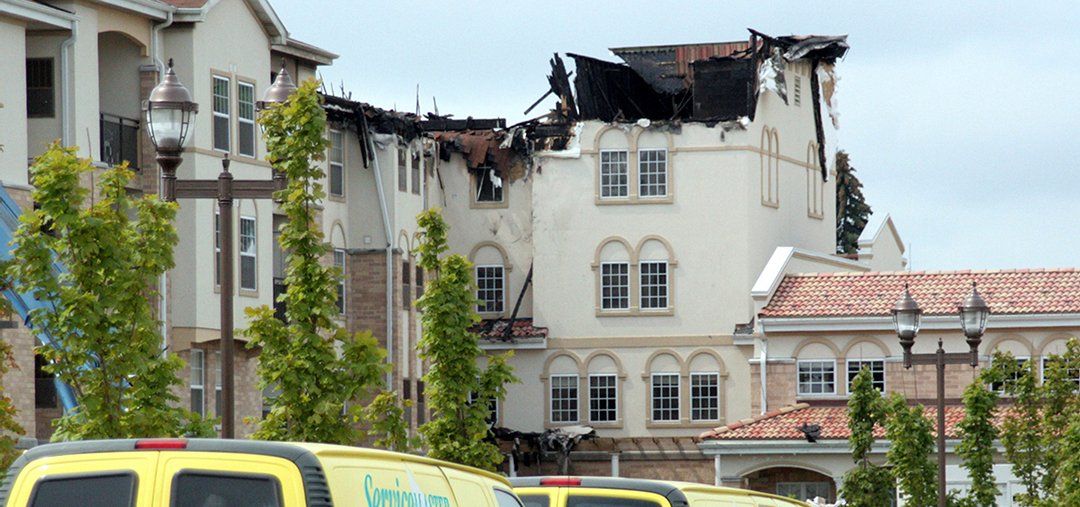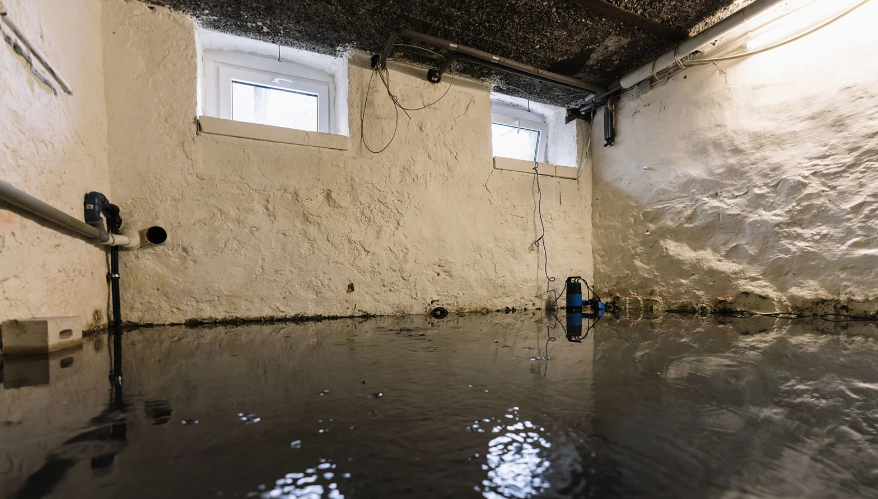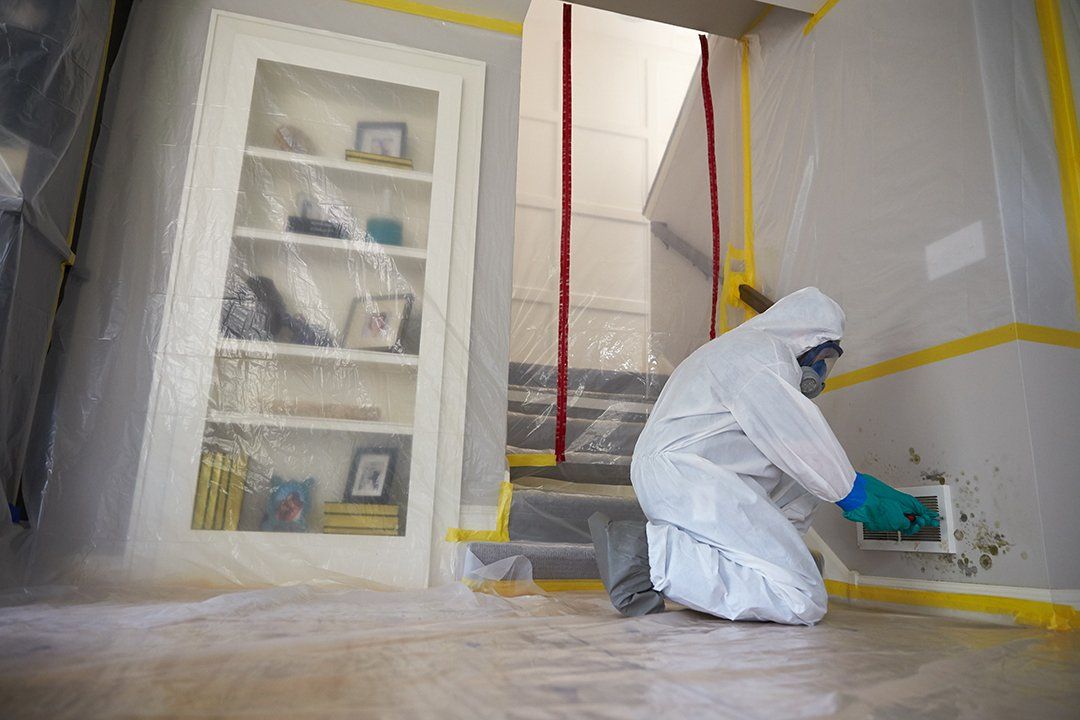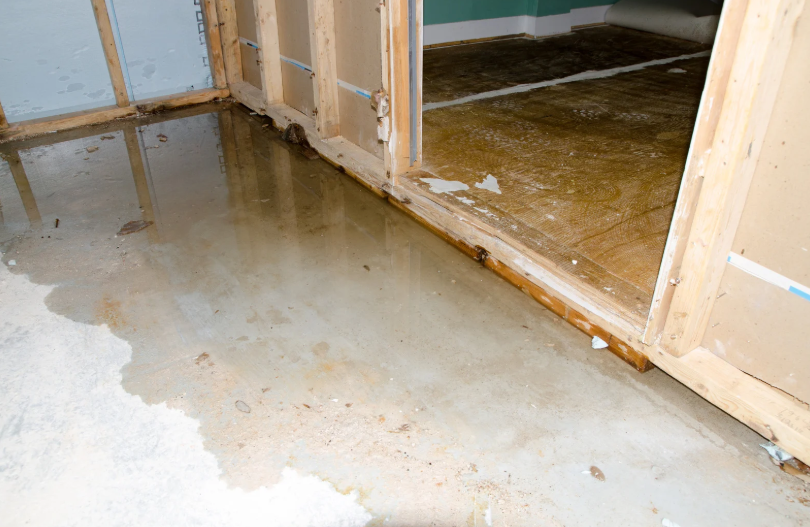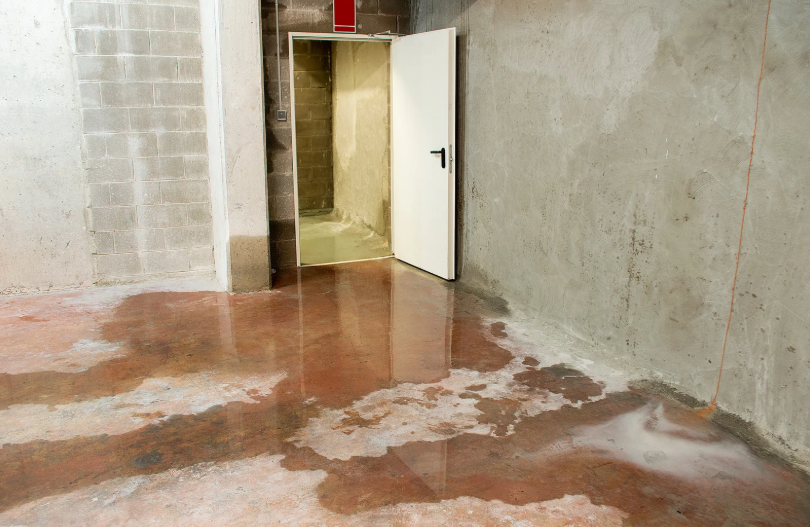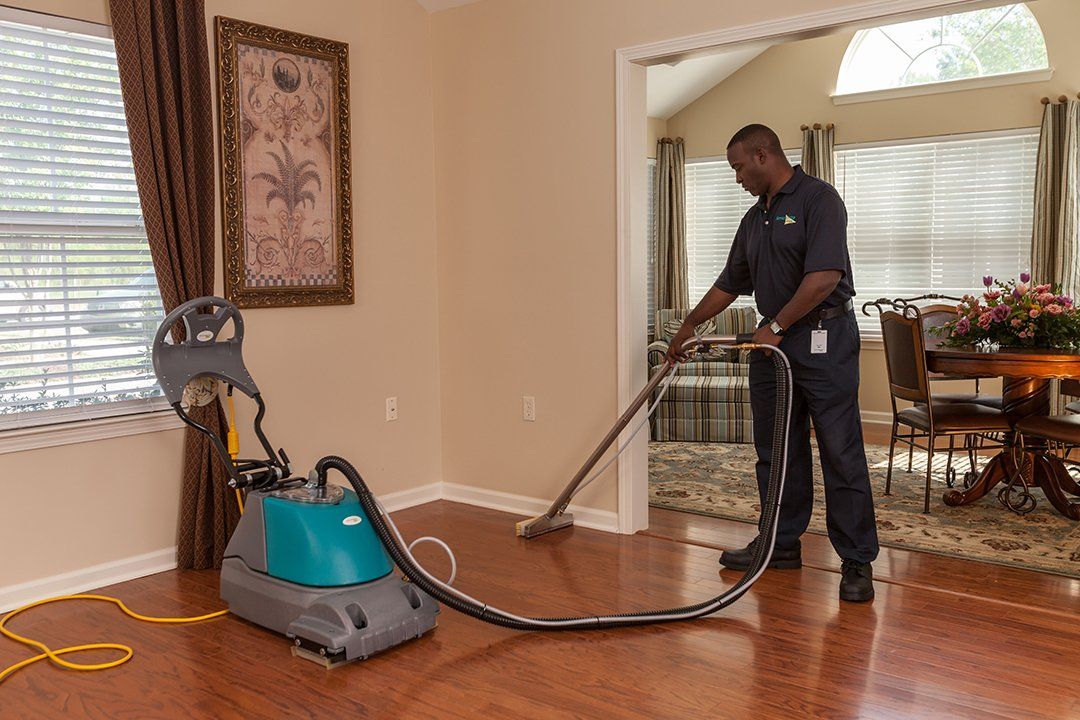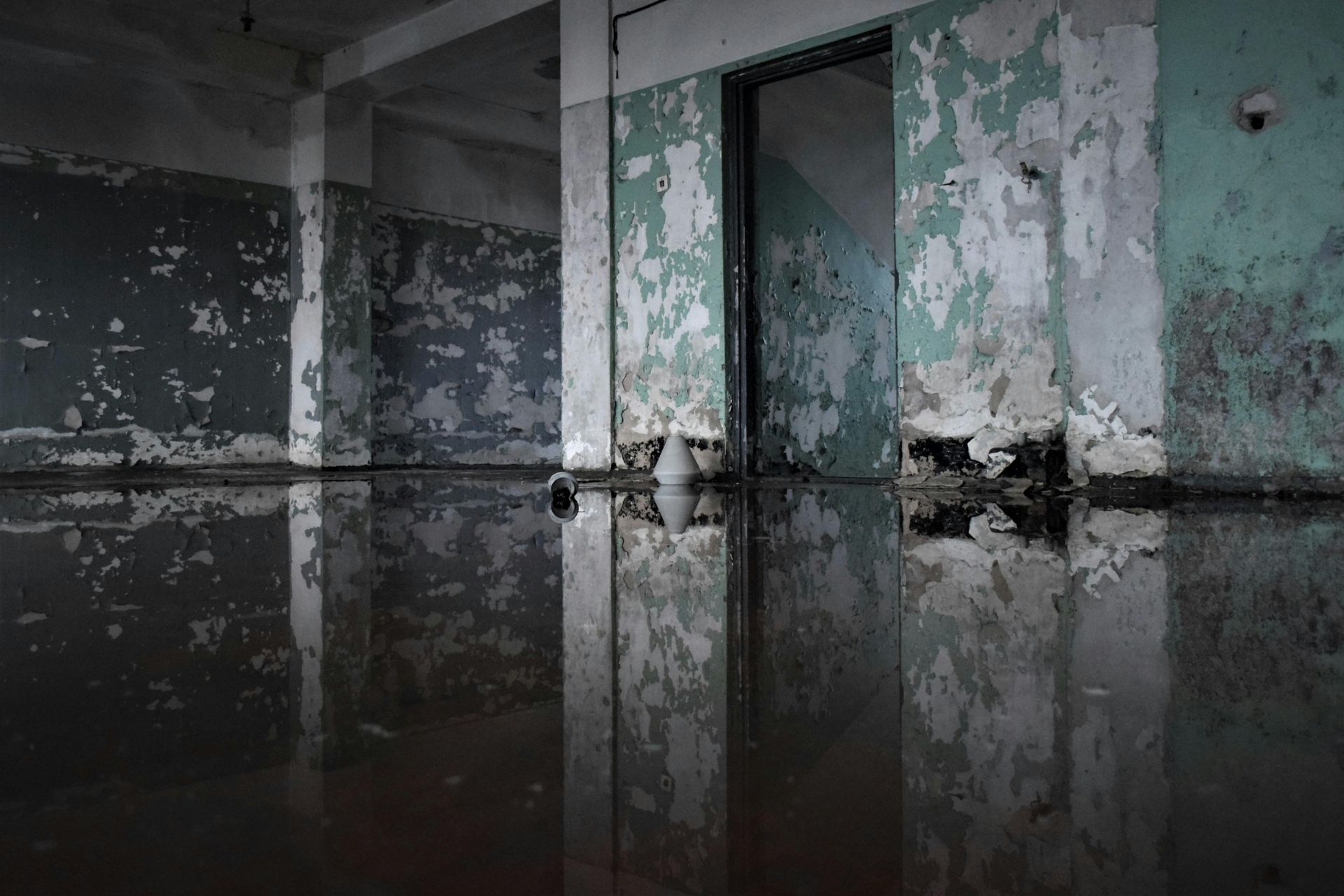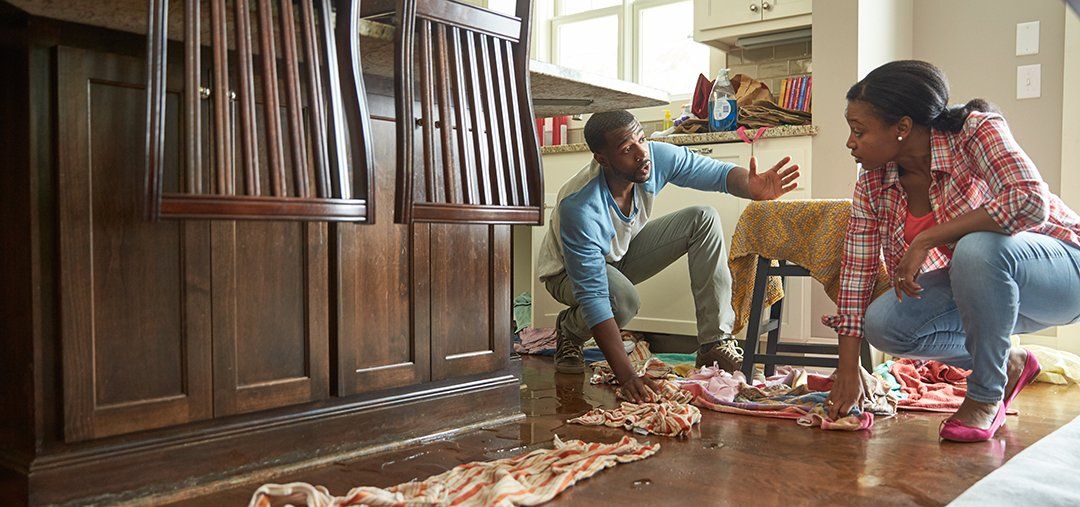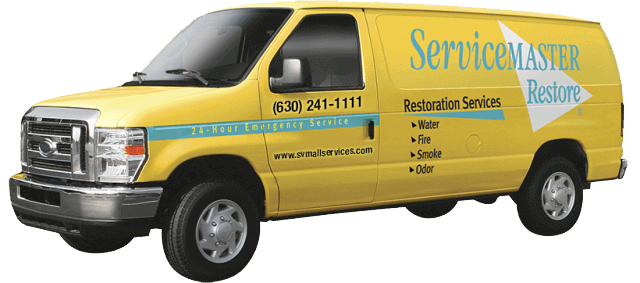How Water Damage Impacts Homes and What You Need to Know
Water damage can have devastating effects on a home, compromising its structure, safety, and livability. From weakened foundations to mold growth, even minor water intrusion can lead to serious and costly repairs. Leaks, floods, and excess moisture can seep into walls, flooring, and ceilings, causing long-term deterioration if not addressed quickly.
Beyond structural damage, water damage also affects indoor air quality and can create health hazards due to mold and mildew growth. Whether caused by plumbing failures, roof leaks, or extreme weather, it’s crucial to recognize the warning signs and take action immediately. Understanding how water damage impacts your home allows you to take preventative measures and minimize risks before small issues turn into major problems that require extensive repairs.
Structural Damage Caused by Water Intrusion
Water intrusion is one of the biggest threats to a home’s structural integrity. When moisture seeps into foundations, walls, and support beams, it can weaken the entire framework of the house. Wooden structures are especially vulnerable to rot, while metal components can corrode over time. Cracks in the foundation caused by water infiltration may lead to shifting or sinking, compromising the stability of the home. If left unchecked, water damage can cause ceilings to sag, floors to warp, and walls to weaken, resulting in expensive and dangerous structural failures. Proper waterproofing, drainage management, and routine inspections can help prevent long-term damage and costly repairs.
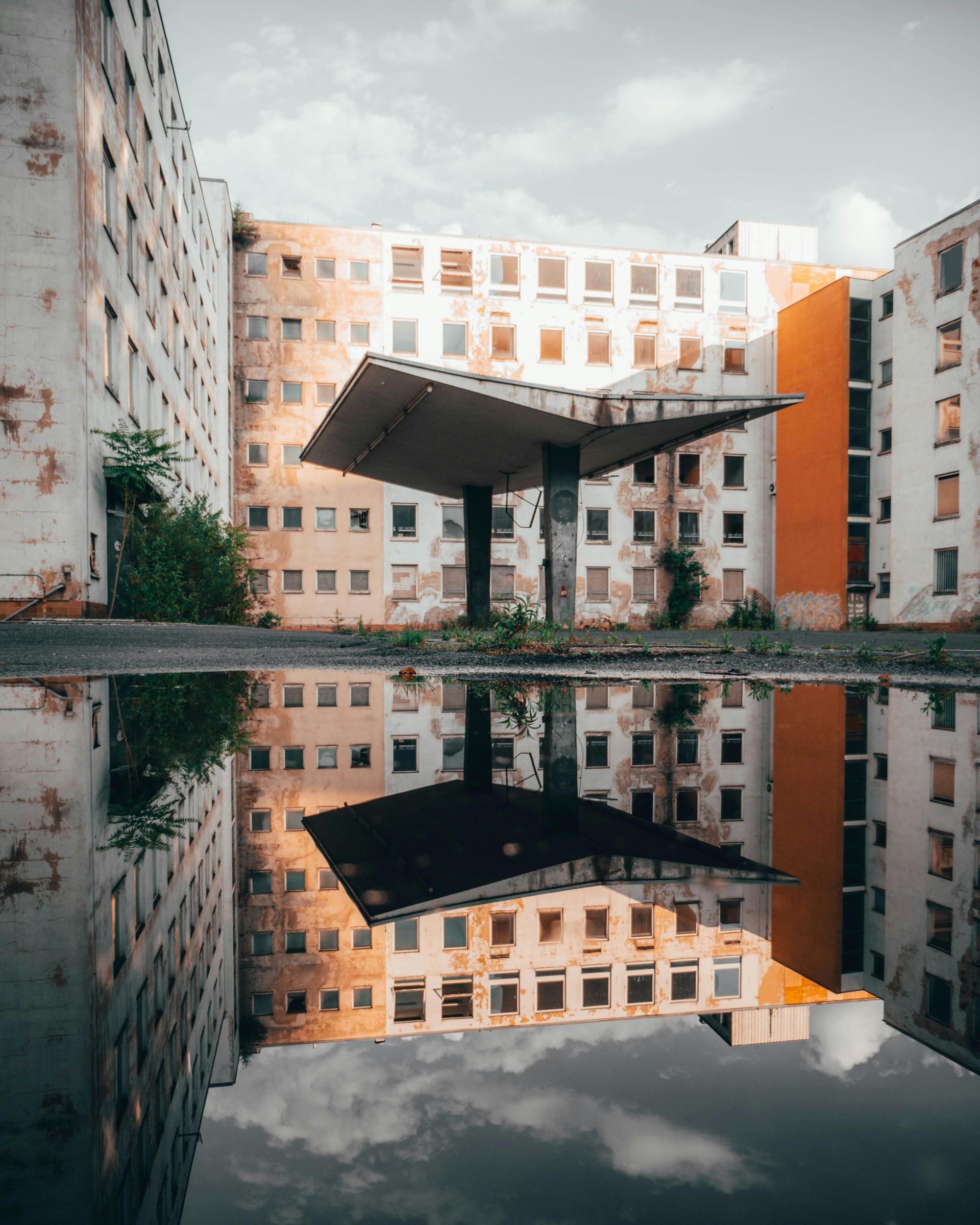
Health Risks Associated with Water Damage
Water damage not only affects a home’s structure but also poses serious health risks. Excess moisture promotes the growth of mold, bacteria, and dust mites, which can trigger allergies, respiratory problems, and skin irritations. People with asthma or weakened immune systems are especially vulnerable to these conditions. Stagnant water from leaks or floods can also become a breeding ground for bacteria and viruses, increasing the risk of infections. Additionally, prolonged exposure to high humidity caused by water damage can lead to poor indoor air quality, causing headaches, fatigue, and other health issues. Addressing water damage quickly helps protect both the home and the well-being of its occupants.
How Water Damage Weakens Floors, Walls, and Ceilings
Floors, walls, and ceilings are highly susceptible to water damage, and once moisture penetrates these surfaces, it can lead to significant structural issues. Wooden flooring can warp and buckle due to excess moisture, while carpeted areas may develop mold and mildew. Drywall and plaster absorb water easily, becoming soft and discolored before eventually crumbling. Ceilings exposed to prolonged water damage may sag or even collapse, creating a serious safety hazard. Paint and wallpaper may bubble or peel, signaling hidden water damage within walls. Addressing leaks, maintaining proper ventilation, and responding to early warning signs can help preserve the structural integrity of these surfaces.
The Hidden Dangers of Mold and Mildew Growth
Mold and mildew thrive in damp, humid environments, often forming in hidden areas such as behind walls, under flooring, or inside HVAC systems. While mold can be unsightly, its biggest concern is the health risks it poses. Exposure to mold spores can cause respiratory issues, allergic reactions, and irritation of the eyes, nose, and throat. Certain types of mold, like black mold, produce toxic spores that can be particularly harmful. Beyond health concerns, mold also deteriorates building materials, leading to rot and unpleasant odors. Preventing mold growth requires controlling moisture levels, fixing leaks promptly, and ensuring proper ventilation in areas prone to humidity.
Warning Signs That Indicate Water Damage in Your Home
Water damage can go unnoticed for weeks or even months, causing serious structural and health issues if left unchecked. Identifying early warning signs can help homeowners address problems before they escalate into costly repairs. From visible discoloration to musty odors, recognizing these indicators can save both time and money while protecting your home’s integrity.
Water Stains and Discoloration
Water stains and discoloration are clear indicators of hidden moisture problems. Yellow, brown, or dark patches on ceilings, walls, or floors often signal leaks from plumbing, roofs, or windows. Over time, these stains can expand, weaken materials, and promote mold growth. Investigating and repairing the source promptly prevents further damage.
Peeling Paint or Bubbling Wallpaper
Peeling paint or bubbling wallpaper is often a sign of excess moisture behind walls. Water infiltration causes the adhesive to weaken, leading to separation and visible warping. This can result from leaks, high humidity, or poor ventilation. Ignoring these signs may lead to mold growth and further structural deterioration over time.
Musty or Damp Odors
Musty or damp odors are strong indicators of hidden moisture and potential mold growth. These unpleasant smells often develop in areas with persistent leaks, high humidity, or poor ventilation, such as basements, crawl spaces, and behind walls. Ignoring these odors can lead to worsening mold infestations and serious indoor air quality issues.
Soft or Warped Flooring
Soft or warped flooring is a common sign of prolonged water exposure. Moisture seeps into wood, laminate, or subflooring, causing it to swell, buckle, or feel spongy underfoot. This damage can result from plumbing leaks, flooding, or high humidity. Left unaddressed, it may lead to structural instability and costly repairs.
Sudden Increase in Water Bills
A sudden increase in water bills often signals a hidden leak within your plumbing system. Leaking pipes, running toilets, or underground water line issues can waste significant amounts of water without visible signs. Monitoring your water usage and inspecting for leaks can help prevent costly damage and unnecessary expenses over time.
The Financial Impact of Water Damage Repairs
Water damage can lead to significant financial burdens, especially if not addressed immediately. Repair costs depend on the extent of the damage, but expenses can add up quickly. Minor leaks may require simple fixes, but extensive damage can involve costly structural repairs,
mold remediation, and full restorations of floors, walls, and ceilings. Homeowners’ insurance may cover some water damage incidents, but certain cases, like flooding, often require separate policies. Preventative maintenance, such as roof inspections, plumbing checks, and proper drainage systems, can save homeowners thousands of dollars by reducing the risk of severe water damage.
How Weather-Related Water Damage Affects Homes
Weather conditions play a major role in water damage risks. Heavy rains, hurricanes, and snowmelt can lead to flooding, while strong winds can damage roofs, allowing moisture to seep inside. Ice dams in winter can block gutters, forcing water to back up under shingles and leak into the attic. Rapid temperature changes can cause pipes to freeze and burst, leading to significant indoor flooding. Preparing for seasonal weather by reinforcing roofs,
cleaning gutters, sealing windows and doors, and insulating pipes can help minimize water damage risks and keep homes safe year-round.
Conclusion
Water damage can cause serious structural issues and health hazards if left unaddressed. Recognizing early warning signs like water stains, peeling paint, musty odors, warped flooring, and rising water bills can help prevent costly repairs. Taking immediate action to identify and fix water damage can save your home from long-term deterioration.
If you suspect water damage in your home, ServiceMaster Restoration in Lisle, IL is here to help. Our professional team provides reliable water damage restoration services to restore and protect your property. Contact us today for expert assistance!
Blog
